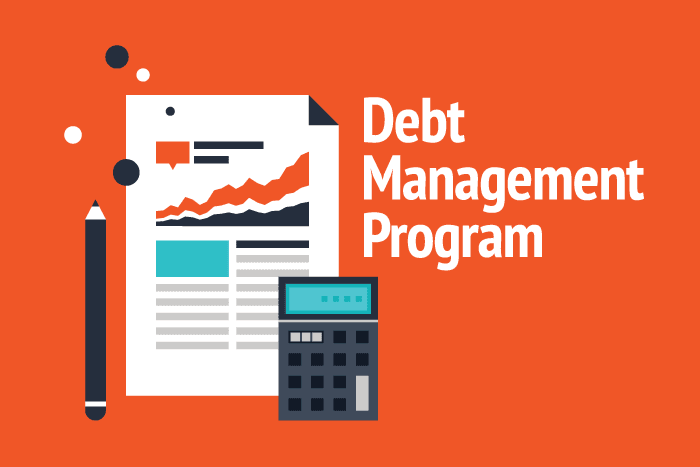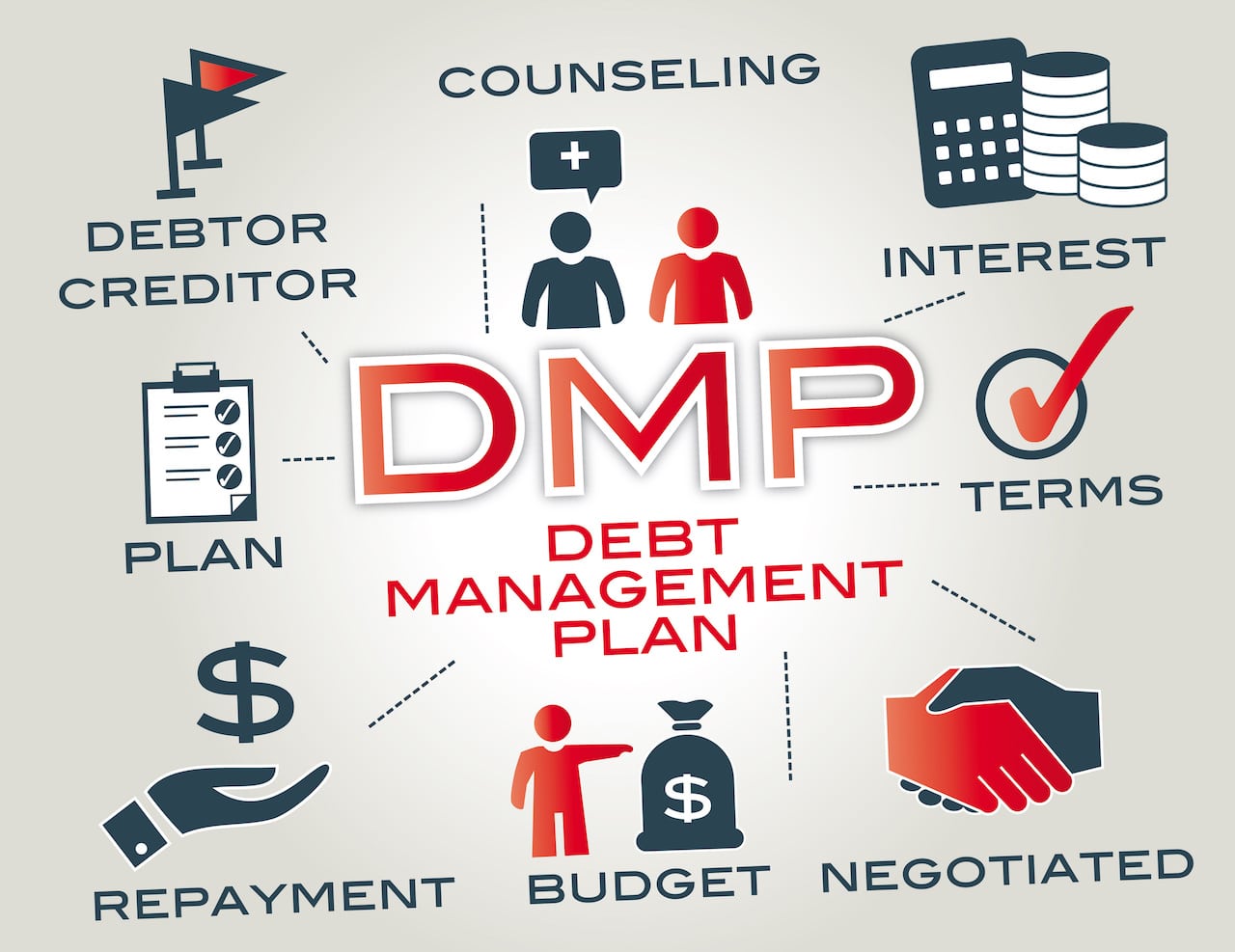Financial Debt Debt Consolidation vs. Debt Negotiation: More Discussion Posted Here
Financial Debt Debt Consolidation vs. Debt Negotiation: More Discussion Posted Here
Blog Article
Whatever You Need to Learn About Creating a Personalized Financial Obligation Monitoring Strategy
In the world of personal financing, designing a customized debt administration plan is frequently the keystone of accomplishing monetary security and peace of mind. By diligently reviewing your current monetary obligations, setting achievable monetary purposes, and crafting a sensible spending plan, you lead the way for reliable financial debt payment strategies. However, the trip to economic flexibility is not only about initial planning; it also calls for recurring tracking and modifications to guarantee continued development. As you browse the complexities of creating a personalized financial debt monitoring plan, recognizing the details of each action is key to your financial success.
Evaluating Your Present Financial Debt Situation
One should initially conduct a complete analysis of their current financial obligation obligations before formulating an efficient debt monitoring plan. Examining your existing debt circumstance is a crucial initial step in gaining control of your financial resources. Begin by collecting all required monetary records, such as charge card declarations, funding agreements, and any type of impressive expenses. Produce a breakdown of each financial obligation, including the complete quantity owed, rates of interest, minimum month-to-month settlements, and due days. This thorough review will certainly provide a clear photo of your financial standing and aid focus on which financial debts to resolve initially.
After assembling this information, compute your complete debt-to-income proportion by dividing your regular monthly financial obligation repayments by your monthly income. Understanding these facets of your economic circumstance will lead you in creating a tailored financial obligation monitoring plan customized to your particular requirements and goals.
Setup Financial Goals and Targets

When establishing monetary objectives, it is necessary to be details, quantifiable, attainable, appropriate, and time-bound (WISE) For example, you may establish a goal to pay off a particular amount of financial obligation within a particular amount of time, such as decreasing your charge card balance by $5,000 in the next year - More Discussion Posted Here. By setting clear targets like this, you can track your progression and remain inspired to achieve your debt monitoring goals
Additionally, consider prioritizing your debts based upon variables such as rate of interest, impressive equilibriums, and repayment terms. By focusing on high-interest debts first, you can conserve money in the long run and accelerate your journey toward economic freedom. Keep in mind, everyone's financial scenario is distinct, so customize your objectives and targets to fit your individual needs and circumstances.
Developing a Realistic Spending Plan
Crafting a well-defined budget plan is an essential step in effective debt monitoring and monetary planning. A reasonable budget offers as a roadmap for your economic health and wellness, assisting you track your earnings, costs, and financial obligation settlements. To create a functional spending plan, begin by noting all your sources of earnings.
Consistently evaluation and change your budget as required to stay on track with your economic objectives and financial debt settlement strategy. By sticking to a reasonable budget plan, you can effectively manage your debt and work in the direction of a more safe economic future.
Checking Out Financial Debt Payment Techniques
After establishing a realistic budget plan, the following important action in efficient debt monitoring is to check out numerous financial obligation settlement methods. One common approach is the snowball technique, where you concentrate on paying off the tiniest financial obligations initially while making minimal payments on larger financial debts. This approach can help construct energy as you see smaller financial debts being removed, supplying inspiration to tackle larger ones.
Another technique is the avalanche method, which entails prioritizing financial obligations with the greatest rates of interest. By targeting high-interest financial debts first, you can decrease the overall quantity you pay in rate of interest in time. This approach might be much more cost-effective over time, despite the fact that it may take longer to see specific financial debts totally paid off.
Debt loan consolidation is an additional choice where you incorporate several financial obligations into a single finance with a reduced rate of interest price. This can simplify your repayment procedure and potentially lower the overall interest paid. Nonetheless, it's vital to meticulously think about the costs and terms related to loan consolidation to guarantee it's the ideal option for your financial scenario.
Tracking and Changing Your Plan

Changing your plan might entail reallocating funds to take on high-interest financial obligations initially, negotiating with creditors for lower rates of interest or far better settlement terms, or discovering additional earnings sources to accelerate financial debt settlement. As your economic scenario advances, your financial debt management strategy should adjust accordingly to remain effective. By remaining adaptable and aggressive in monitoring and adjusting your plan, you look these up can enhance your initiatives towards paying off your financial debts successfully and attaining your economic objectives.
Final Thought
In verdict, creating a personalized debt monitoring strategy entails assessing current financial obligation, setting economic objectives, developing a reasonable budget plan, checking out repayment methods, and surveillance and readjusting the strategy as needed. By following these steps, individuals can take control of their economic circumstance and work towards becoming debt-free. It is very important to stay self-displined and committed to the strategy in order to achieve long-term monetary security.
One should initially carry out a complete examination of their current financial debt obligations prior to formulating an efficient debt administration strategy.After establishing a practical budget, the following crucial action in efficient financial debt monitoring is to explore various financial debt settlement strategies - More Discussion Posted Here.To successfully manage your debt, constant monitoring and change of your financial obligation management strategy are important components for long-term monetary stability.Changing your strategy might involve reallocating funds to deal with high-interest financial debts initially, working out with lenders for reduced interest rates or much better payment terms, or discovering additional income resources to quicken financial obligation settlement.In verdict, creating a tailored debt monitoring plan includes examining current debt, setting financial goals, creating a realistic view it spending plan, discovering settlement methods, and monitoring and readjusting the plan as required
Report this page